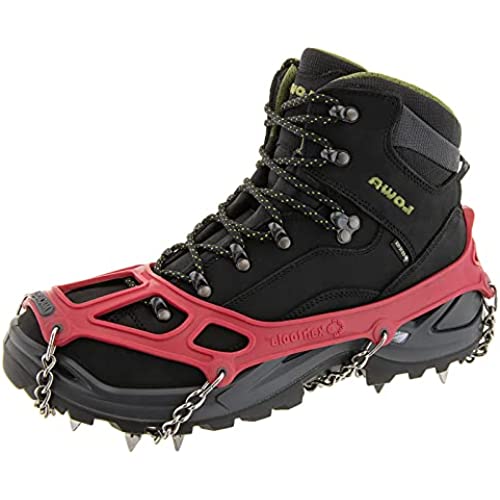
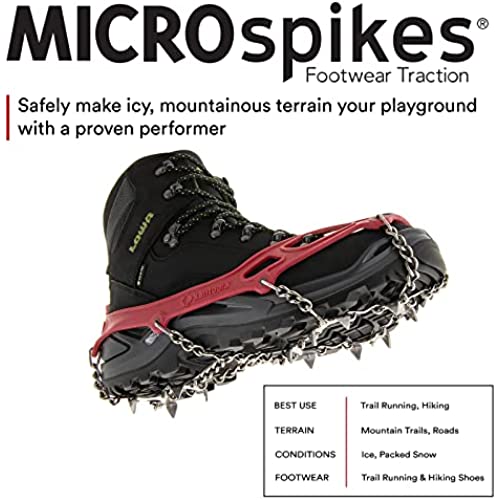
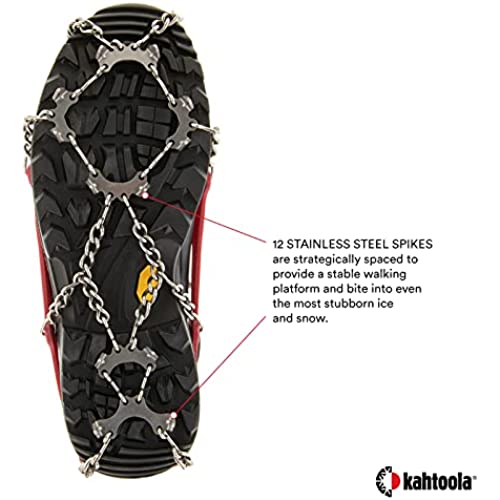
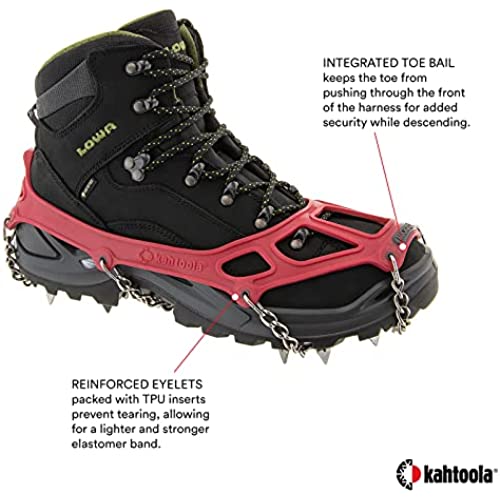
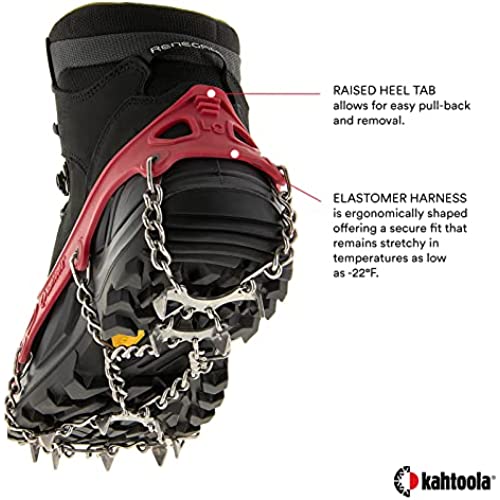
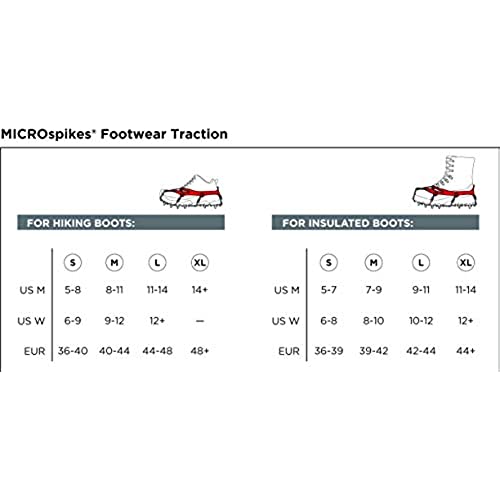
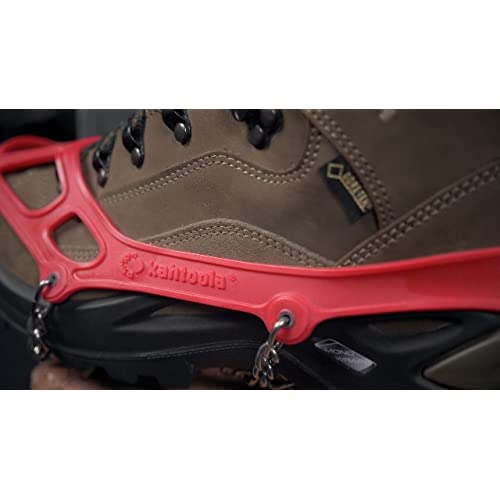













Kahtoola MICROspikes Footwear Traction for Winter Trail Hiking & Ice Mountaineering
-

CR Illman
> 24 hourUsed them just a couple days after I received them. Worked even better than I hoped they would on a very icy trail.
-

Zorian
> 24 hourThe spikes are easy to don on and off, provide great traction on the lake while ice fishing and anywhere else they are needed. Excellent quality.
-

Littlemurray
> 24 hourwork perfect
-

Jack Rosa
> 24 hourI used the spikes once so far. They grip the ice good, and they are easy to put on yours boots, and they stay on tight.
-

phlrkl
> 24 hourinstant traction can be carried in your pocket or pack and deployed in a matter of a minute or two; light weight and dont take up too much space when not in use
-

81arctic
> 24 hourive used these almost daily for both trail running and the occasional longer hikes where crampons werent quite required, and see why everyone swears by them. accept no imitations, these things are amazing.
-

James G.
> 24 hourI had bought a pair of Kahtoola micro spikes about 3-4 years ago - and had absolutely loved them. i read other reviews saying the quality of the new Kahtoola spikes had changed for the worse, but decided to get them anyway. I got them and should have followed prior reviews more closely. The quality has certainly dropped quite a bit since I purchased my last pair. The rubber is much more flimsy - which makes them much harder to put into my shoes. Knowing what I know now, I probably wouldnt purchase these again. Hopefully, they will improve the quality on future versions.
-

Armand Christiansen
> 24 hourThese work great on ice and hiking.
-

D LOHMAN
> 24 hourThese are hands down the best hiking boots I have ever had. 1,000 mile walk this year with no issues. My feet have a history of pain with my arches being low. I actually have 2 pair because I love this boot so much I got the second pair in case they stop making them
-

Peter L. Dworkin
> 24 hourI was somewhat put off by the price on the day of purchase, but these well designed cleats happened to arrive during an unrelenting series of ice storms, during which they more than proved their worth. Easy to put on and take off, easy to transport, and far less likely to dislodge than other cleats I have tried, these immediately and forever have ended the series of humiliating pratfalls I had been taking on the way from my car to my back door, on thrice-a-day dog walks, and on at least two serious treks through terrible weather over very slick and unforgiving surfaces in the deep rural countryside. I am more than pleased.













